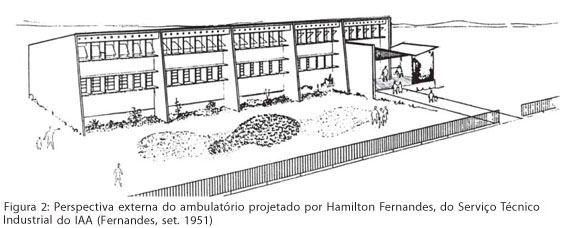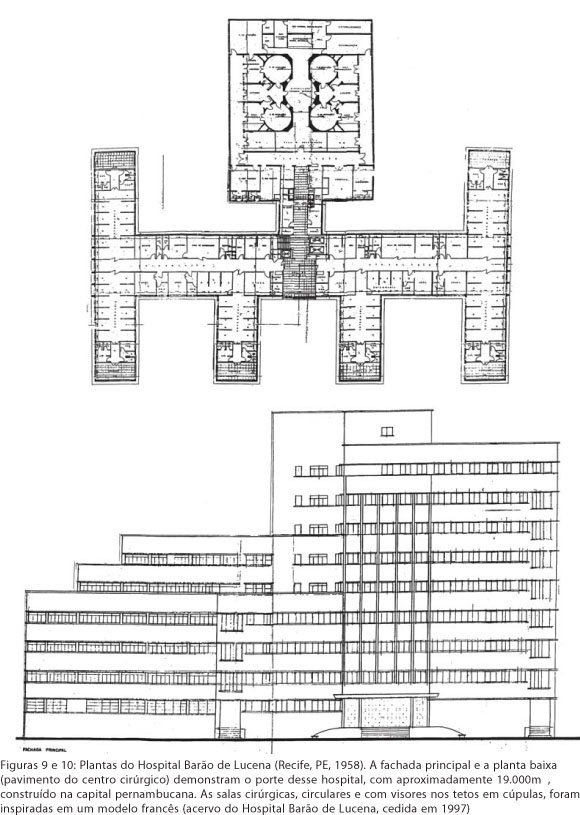The article explores the emergence of an architectural heritage in the realm of healthcare assistance for workers in the sugarcane agroindustry in Brazil following enactment of the law known as the Estatuto da Lavoura Canavieira (1941), under the auspices of the Instituto do Açúcar e do Álcool and as part of Estado Novo policies (1937-1945). The institute proposed solutions based on surveys conducted at sugarcane mills in cane-producing states and on the medical and hospital system adopted by the institute's enlightened bureaucracy in the 1940s, which took the U.S. system as its model. Special focus is given to the central hospitals in Pernambuco and especially in Alagoas, which opposed institute guidelines.
hospital architecture; health policy; sugarcane economy; Estado Novo (1937-1945); Brazil











